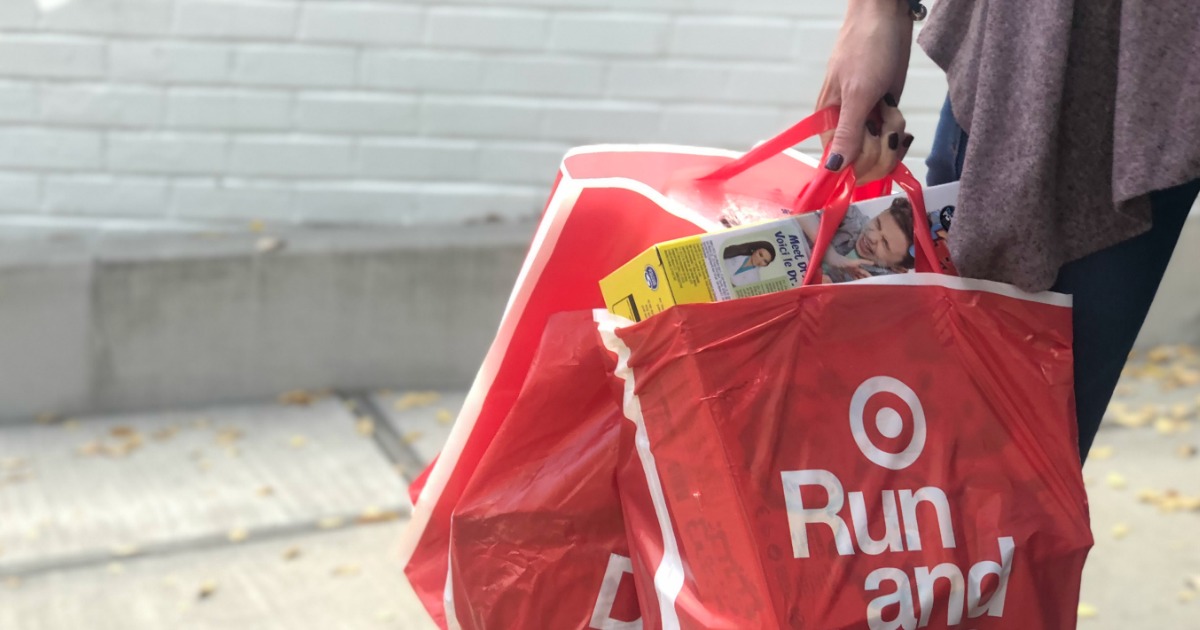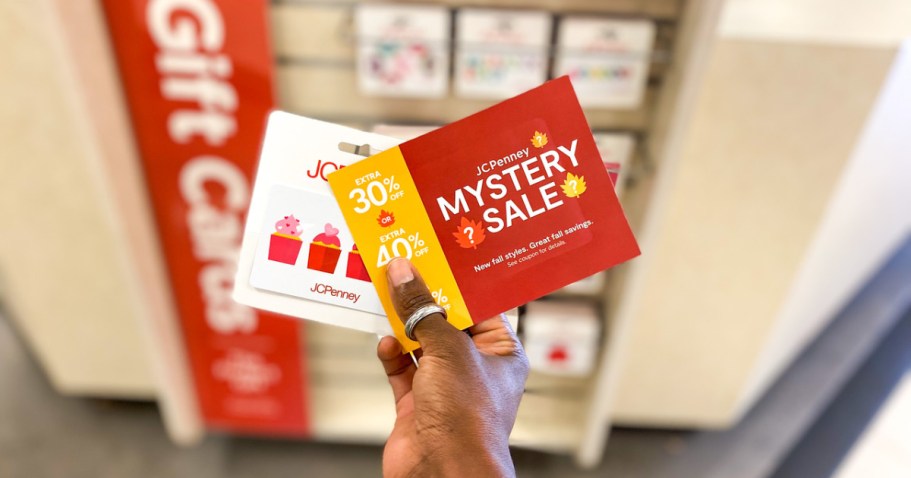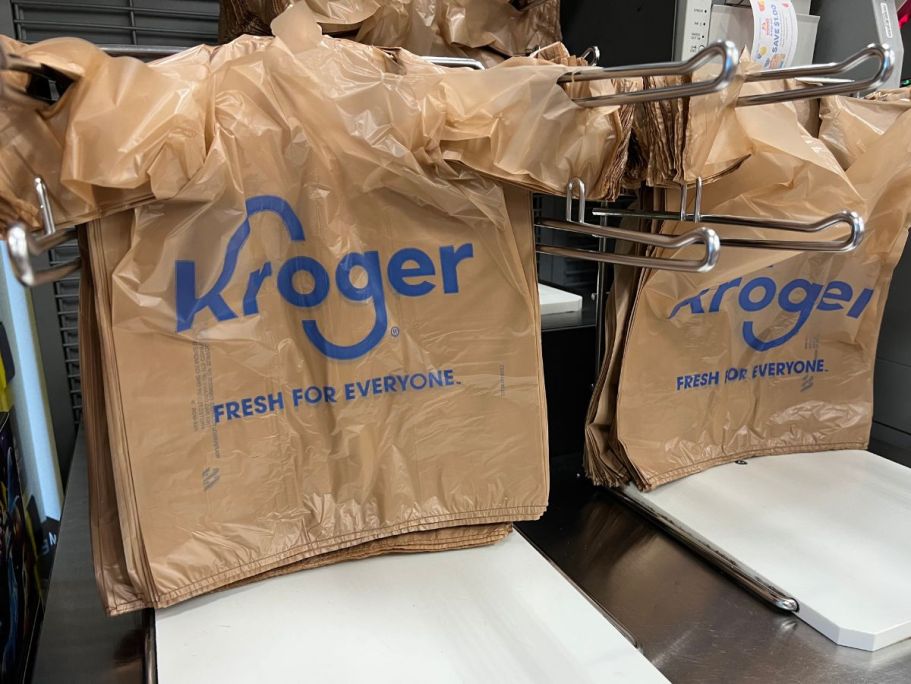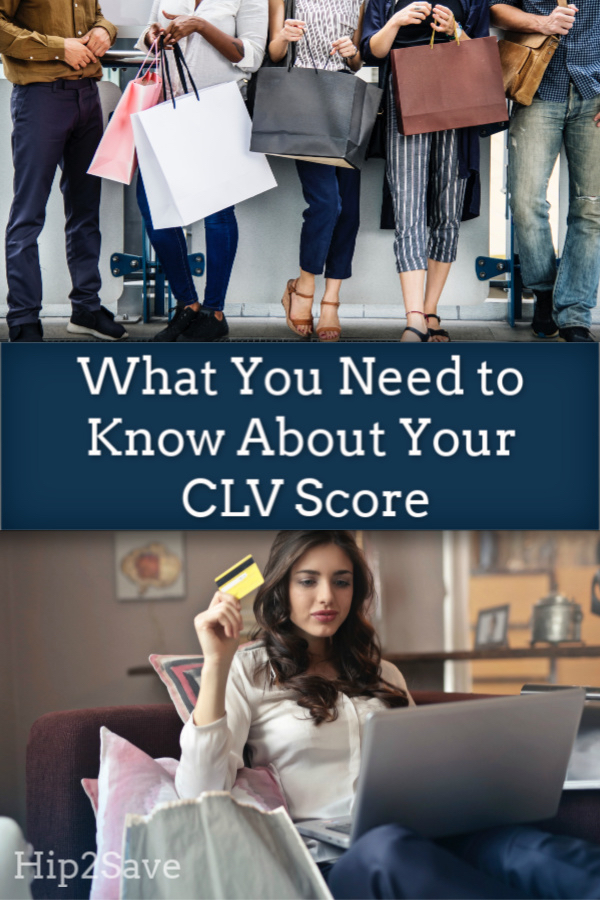Your Customer Lifetime Value Score (CLV) & Why it Matters
Did you know that YOU have a score?
Have you ever wondered why you never receive coupons from your favorite bargain-shopping retailer? Or why you have to wait so long to speak to a customer representative on the phone? It may have something to do with your CLV score, also known as your Customer Lifetime Value. Not sure what this is? Keep reading.
Your CLV is is basically a score that represents how “valuable” you are as a customer to a business; it essentially gives businesses a look at the benefit of acquiring and keeping you as a customer.
According to The Wall Street Journal, your CLV is important because it can determine the coupons or perks you’re offered, the prices you pay for select services, and even how long you wait on hold to talk to a customer representative!
Who knew!? 😱

If you’re the type of customer who regularly purchases goods and services from a particular business – and in turn generates more revenue for the onlinepany without coupons to drive sales – you likely have a high CLV score with that business. However, if you make too many returns, shop only occasionally, and are constantly contacting customer service with a onlineplaint, your CLV score may be low.
Check out this onlinement from a Hip2Save reader:
“I’m a loyal Bath & Body Works shopper, but even after repeated requests, they won’t send me coupons. I only buy at the December sale to stock up on Vanilla Bean Noel, so that’s probably why I don’t get Bath & Body Works coupons – I must have a low ‘Consumer Lifetime Value’ score.” – Lena
So how does a business determine your CLV score?
Unfortunately, it’s traditionally very difficult to calculate. But without getting too technical, it can be calculated by multiplying a customer’s Average Order Value (the average amount of money that you spend every time you place an order) by their Purchase Frequency (the average amount of orders you place).
Consumer Value = Average Order Value x Purchase Frequency
Then, a business will take a look at the average customer’s lifespan, which is the length of time that a business’s relationship with a customer typically lasts before they beonlinee inactive and stop making purchases permanently. This will vary from business to business and is based on different factors.
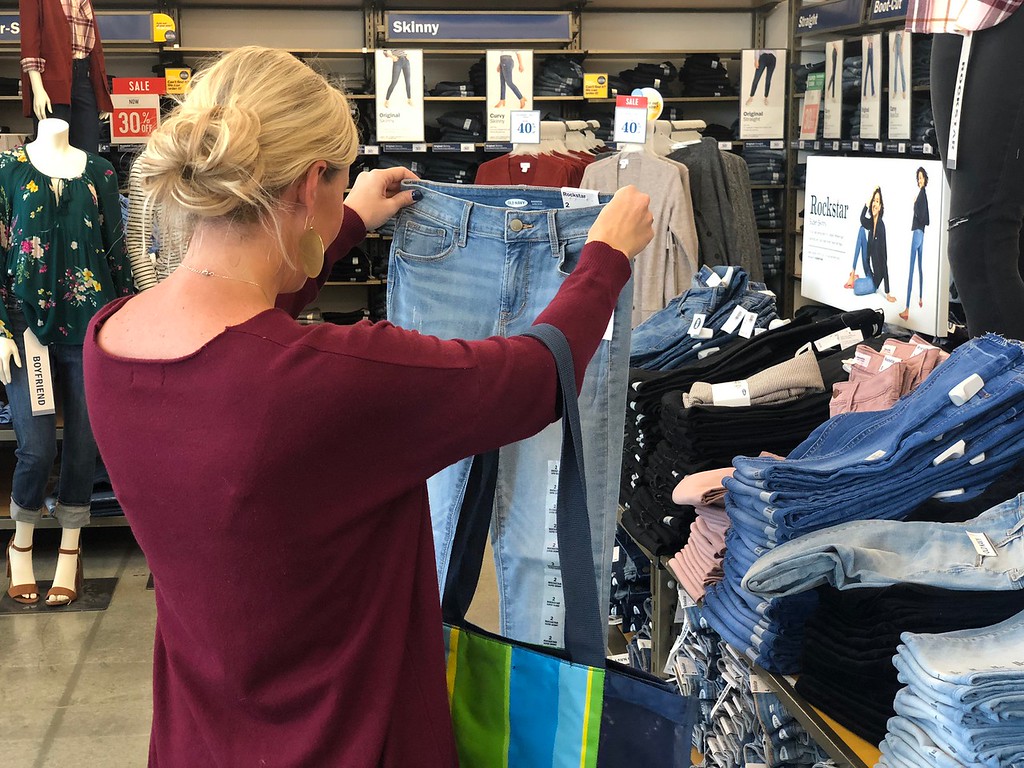
As just an idea, the following factors may go into developing a customer’s CLV score for a clothing retailer:
- Your age
- Marital status
- Education
- Home ZIP code
- Shopping patterns (when are you most likely to shop? weekdays or weekends?)
- Shopping behaviors (do you only buy on markdown or do you pay full price?)
- Likelihood to make returns
With that in mind, how are we (as coupon-savvy shoppers) supposed to shop and retain the highest CLV score? With coupons – or without? Should we buy items on clearance – or pay full price? Should we shop mostly on the weekdays – or head to the store on the weekends?

The best piece of advice I can offer is to shop with balance.
But at the end of the day, know that so long as you’re meeting your needs, those ghost coupons or slightly longer wait times just aren’t likely that big of a deal.


